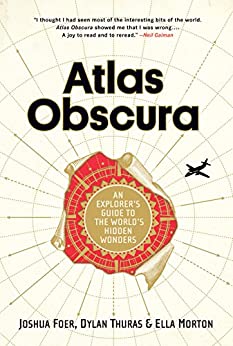Explore the World’s 4 Remaining Inhabited Bridges
Imagine living in a bridge. Eating in one. Shopping in one.
No, I’m not describing some type of modern troll-like fantasy. Believe it or not, there was a time when the notion of inhabited bridges was a popular one, prompting rapid construction of beautiful structures across Europe. Today, the idea is being revisited as an attractive option for investors and residents alike.
But hold on – I’m getting ahead of myself. Let’s start at the beginning, taking a step all the way back to the Middle Ages.
Bridges reimagined
In the late 12th century, multiple logistical issues prompted the innovation of inhabitable bridges, an architectural innovation that spread like wildfire across Europe. Previously, bridges had been used for the sole purpose of traversing waterways. But with the limited space of walled cities, the solid foundation of bridges offered one of the only options to build upon when space elsewhere got too tight. Thus the concept of bridges hosting residences, shops and restaurants was born.
It’s estimated that more than a hundred inhabited bridges were constructed between the 13th and 17th centuries in Western Europe. One famous example is the London Bridge, though Paris’ Ile de la Cité also featured famed inhabited bridges leading both south and north of the Seine.
With advancements in transportation technology, pressure from the Enlightenment movement, and the decreasing popularity of walled cities and resulting urban sprawl, inhabitable bridges were banned and removed in most cities. Fortunately for us, a few beautiful examples remain.
Florence’s Ponte Vecchio
Arguably, the origins of Florence’s Ponte Vecchio bridge trace back to Roman times. However, the current version of the bridge was constructed in 1345, and has been home to merchants and shopkeepers ever since. The bridge crosses the Arno River and features three segmental arches. The bridge is brightly coloured, with each shop a different pastel hue, replicating the style of surrounding Florencian architecture.
Bath’s Pulteney Bridge
A relative late-comer, the construction of Bath’s Pulteney Bridge wasn’t completed until 1774. The bridge features stores on both sides, all of which were designed in the Palladian style. Today, the bridge is host to several unique shops, offering everything from homemade jams to hand crafted mosaic tiles. You’re sure to end a stroll down this historic walkway with a handful of Bath’s finest local trinkets and treasures.
Venice’s Rialto Bridge
Perhaps the most famous of the remaining historic inhabited bridges is the Rialto Bridge, which crosses Venice’s Grand Canal. This bridge was originally made of wood, however was refashioned to its current stone architecture at the end of the 16th century. At this time, Venice was a world port, joining Europe with the Orient, meaning that all sorts of worldly treasures could be found in the Rialto’s shops. Today, this bridge is one of the most visited tourist destinations in the world, and a great spot to pick out a signature Venetian mask.
Erfurt’s Krämerbrücke
Found in the small city of Erfurt near Germany’s centre is the Krämerbrücke bridge, an impressive inhabited bridge that has stood the test of time. Completed and named in 1510, this bridge originally housed 62 buildings. Today, the 32 houses (the highest number of buildings of any inhabited bridge in Europe) that remain on the Krämerbrücke are host to local artisan and antique shops. While the scenery may have changed slightly, its original name, “The Merchant’s Bridge”, lives on.
Inhabited Bridges Today
While these historic landmarks remain the sole examples of the inhabited bridge craze that swept across Europe, today, the idea of inhabited bridges is being revisited. With a shift back to urban centres, cities tight for space are looking to bridges as an opportunity for ecological, social, architectural and economic development. Inhabited bridges played an important role for societies past, and their remains continue to prove popular with travellers today. Perhaps now it’s time to learn from the past, and create living bridges in our cities once more.
Could inhabited bridges be making a comeback? Share your thoughts in the comments!
Latest posts by Caitlin Boros (see all)
- 48 Hours In: Banff, Alberta - March 6, 2018
- Top 5 Sights in Spain’s Historic Seville - February 27, 2018
- Explore the World’s 4 Remaining Inhabited Bridges - January 16, 2018

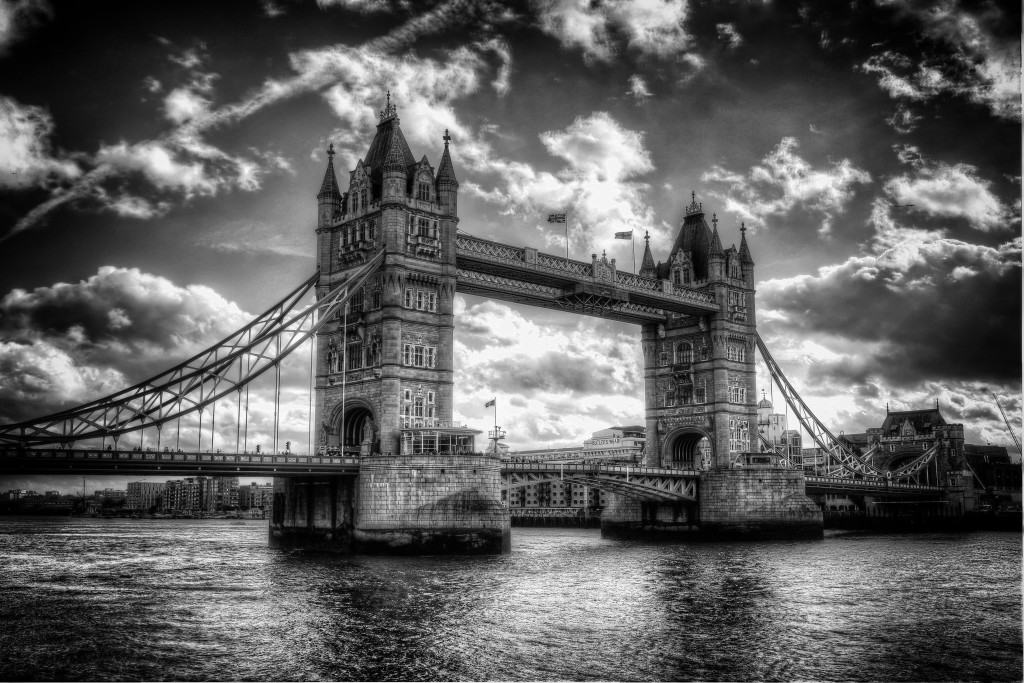

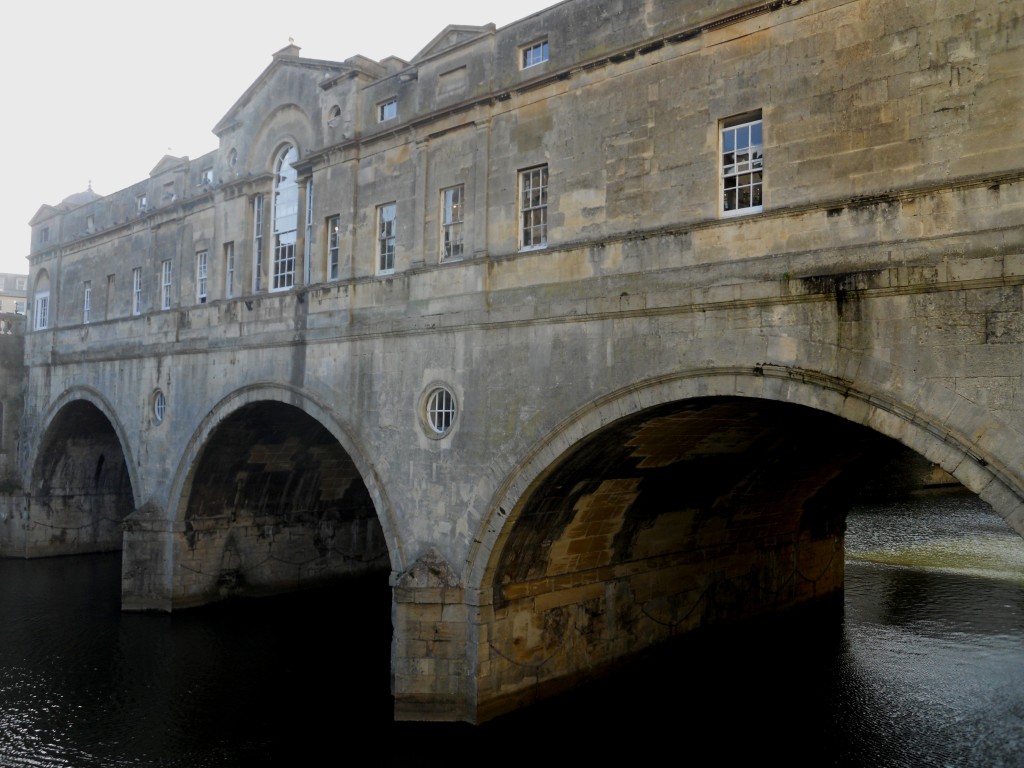
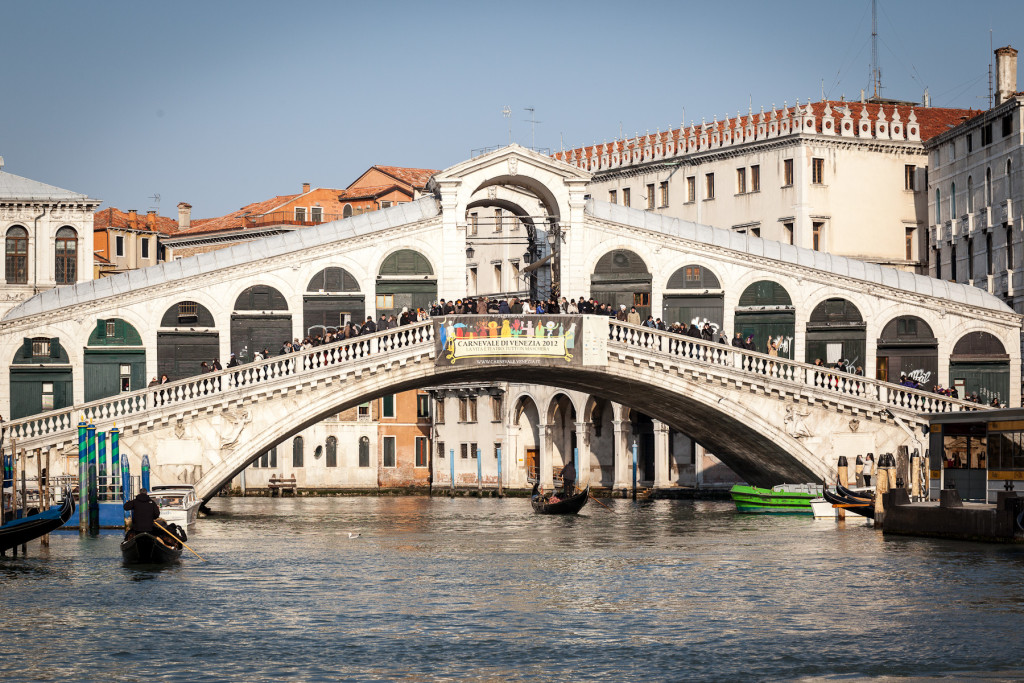
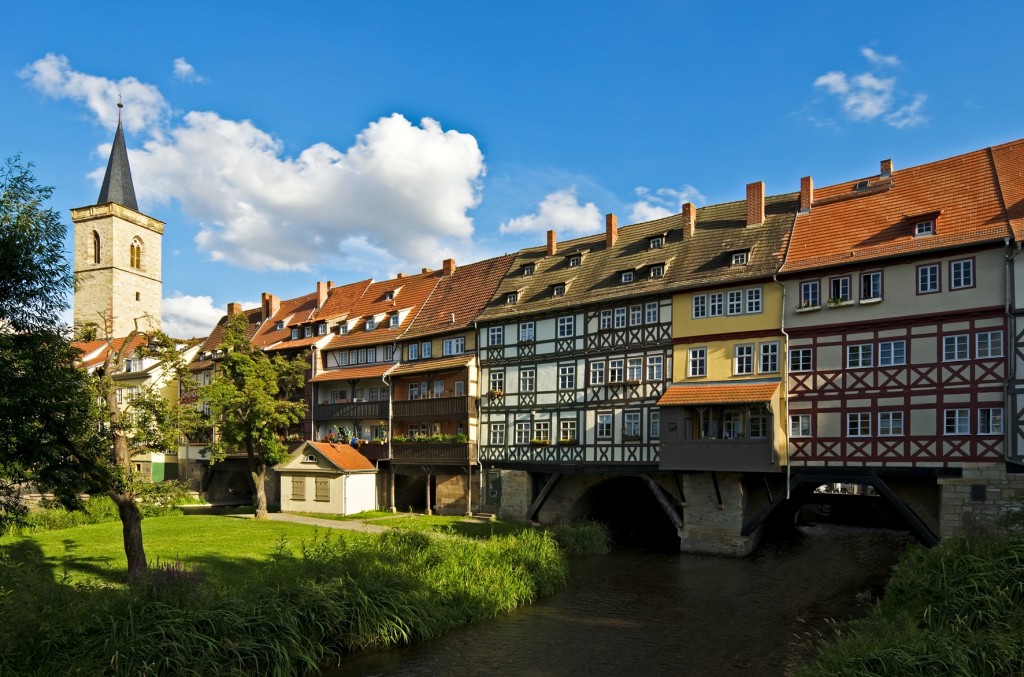







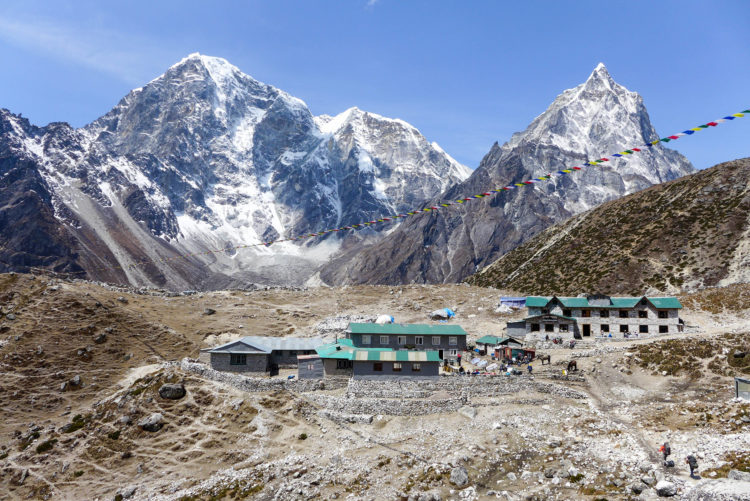 Almost all the tea houses in
Almost all the tea houses in 
